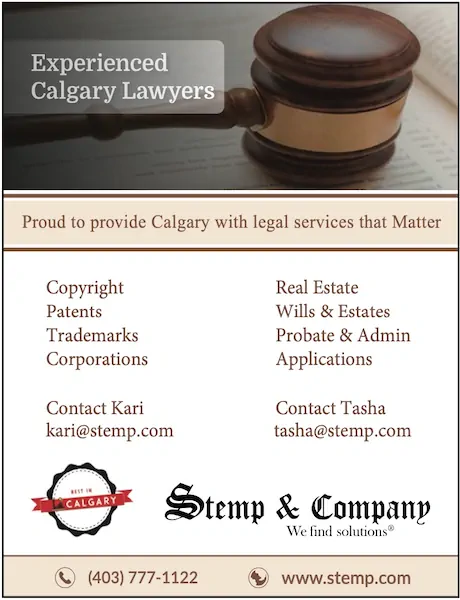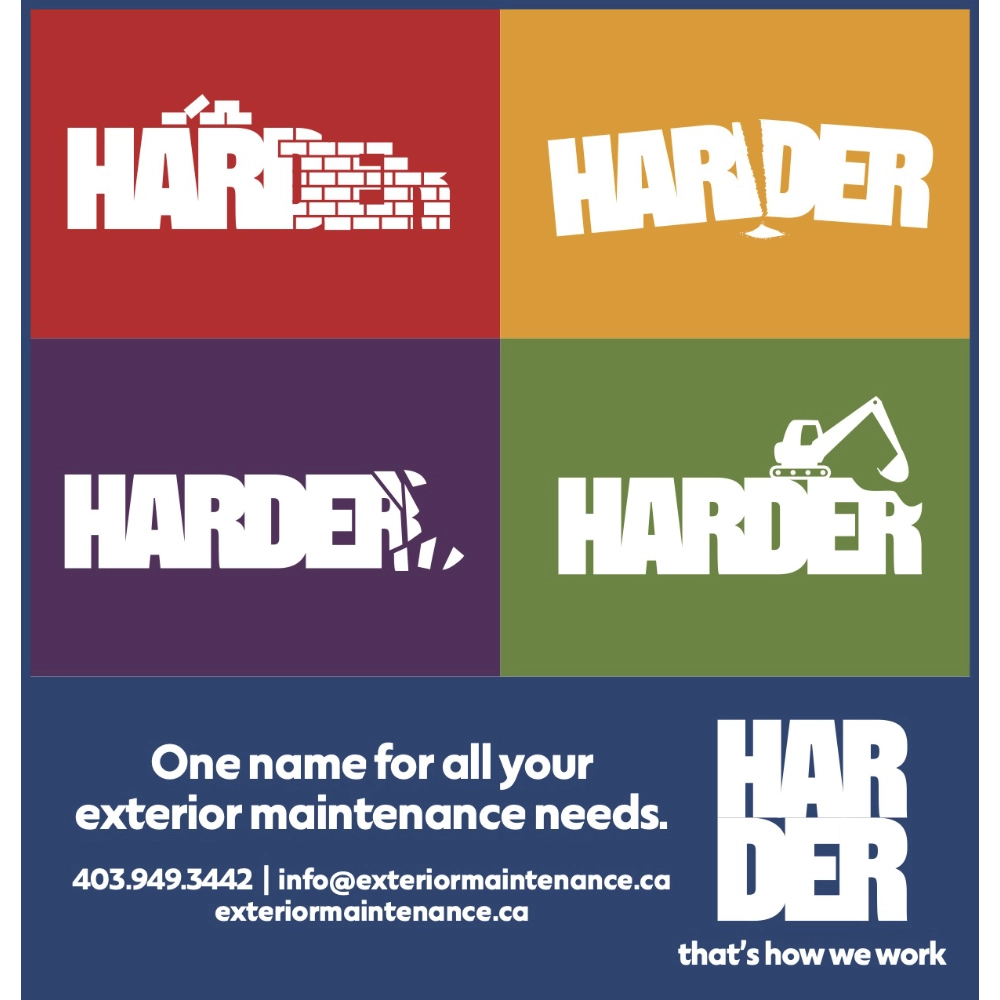
SELLING YOUR BUSINESS
(Sale of Your Shares Versus the Corporation Selling its Assets)
At times we are asked by our clients if we can assist them in the sale of the business. The first question we always ask, is the corporation, assuming they have a corporation, selling its assets or are they, the shareholders selling their shares in the corporation? There is a very large difference between the 2 particularly when it comes to payment of income taxes. If the corporation sells its assets, the corporation will be subjected to payment of capital gains taxes on the assets. You will need to take the value of the assets upon sale, subtract the initial value of those assets, subject to any adjustments which may have been made over the years that you own to the assets and then the corporation will need to pay capital gains tax based on the increase in value. One half of that increase in value will be tax-free and you must pay tax on the remaining 50%. The corporation will pay tax at its usual taxable rate on the 50% of the gain which is taxable. If you have claimed the maximum capital cost allowance also known as depreciation allowed by the Income Tax Act of Canada, you may have depreciated the book value of the assets down to zero. The assets of course will not be worth the zero but on your books the value may be zero. When you sell the assets you may be subjected to what is called “recaptured depreciation” which means the corporation must pay income tax on all of the recaptured depreciation. For example, let’s say you have an asset that cost you $100,000 and over time you have claimed depreciation or capital cost allowance (CCA) such that on your books that asset has a nil value. Now let’s say you sell that asset for 200k. The company must pay income tax on the recaptured capital gains of 100k (from the book value of zero to the original cost of 100k) and then in addition the corporation must pay capital gains tax on one half of the gain between 100k and the current 200K of value for which the asset is being sold. So in this example the corporation must pay tax on 100k of value and capital gains tax on 50k being one half of the gain in value from the initial cost of 100k to the current value of 200k. Payment of recaptured capital depreciation or recaptured capital cost allowance is the government’s way of taxing you for all of the benefit that you’ve claimed over the years by claiming the maximum capital cost allowance. You’ve taken the benefit of claiming the maximum capital cost allowance and now you must pay a large tax bill for having done that.
When you sell the business, you as the seller want to minimize the tax payable. This means that you would want the allocation of value as between hard assets and goodwill also known as a soft asset which include the value of your trademarks or patents such that as little value as possible would be allocated to the hard asset and the maximum allocated to the value of your trademarks or patents or other intellectual property. This is because you want to minimize the recaptured capital cost allowance so that you pay minimum income tax on the recaptured capital cost allowance or recaptured depreciation. For example, if you are selling a building, you as the seller would want the value of the building to be minimized in the value of the land to be maximized. This enables you to claim as little as 2 possible of the gain value on the building so that you’re hopefully minimizing the recaptured capital cost allowance on the building. You cannot claim capital cost allowance or depreciation on the land component. So you want the gain in value of the property to be allocated as much as possible to the gain value of the land so that you’re only paying gains tax on the increase in value of the land and paying as little tax as possible on the building due to recaptured capital cost allowance. The purchaser of the building of course has the opposite viewpoint and would want the value of the building to be maximized and the value of the land to be minimized. This is so that the buyer can begin to depreciate the building at a higher initial value and claim the maximum capital cost allowance over the number of years that the buyer would own the building. So the allocation of the value as between the land and the building must be negotiated between the buyer and seller. You absolutely want to have a written agreement on this allocation so that Canada Revenue Agency does not decide the allocation in their favor, which they would do by allocating most of the gain as applicable to the building and as little as possible to be applicable to the land.
Stemp & Company
1670, 734 – 7th Avenue SW Calgary, Alberta T2P 3P8
Bill Stemp
403-777-1125 bill@stemp.com
Kari Ivey
403-777-1123 kari@stemp.com
Tasha Traynor
403-777 1129 tasha@stemp.com

























